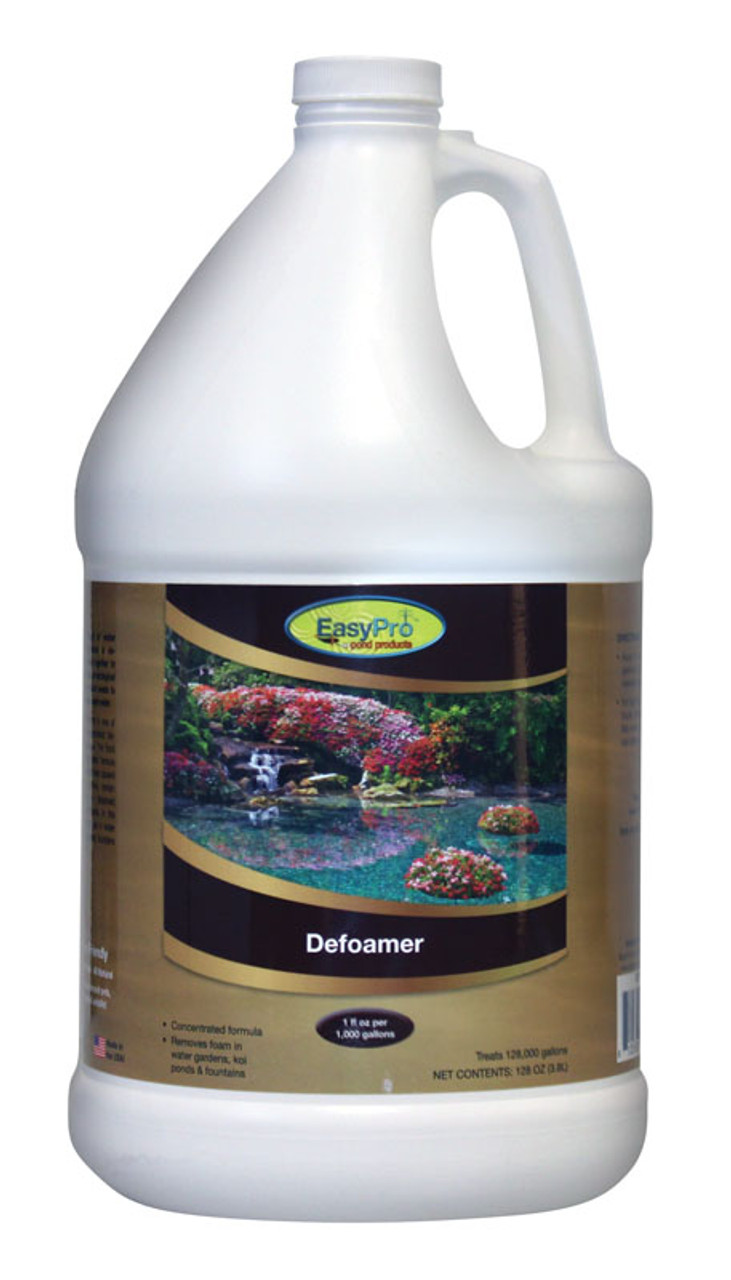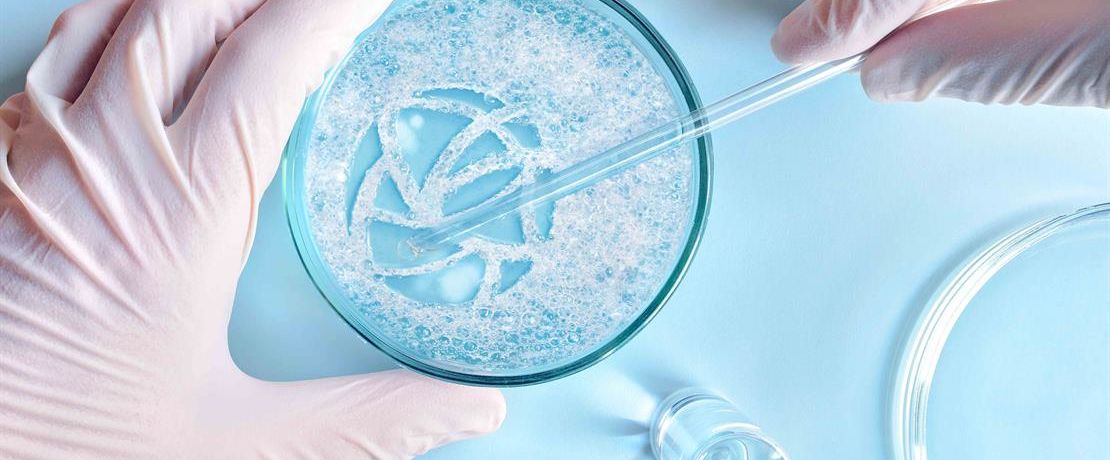Picking the Right Defoamer for Your Certain Application Needs
Choosing the suitable defoamer for particular application requirements is a nuanced procedure that requires careful consideration of multiple factors, such as the foam tool, operating, and type problems. Understanding the nuances of defoamer efficiency-- consisting of speed and determination-- while also accounting for environmental and regulatory factors is essential. In addition, participating in trials and seeking advice from with suppliers can offer important insights. Nonetheless, navigating these intricacies can be overwhelming, and the effects of an inadequate choice may be significant. What strategies can be used to ensure an ideal selection?
Understanding Foam Formation
Foam formation occurs when gas is trapped within a liquid, producing a secure framework of bubbles. This sensation can considerably impact different industrial procedures, especially in markets such as food manufacturing, pharmaceuticals, and wastewater treatment. The presence of foam can prevent blending, lower item top quality, and even cause functional inadequacies.
Foam usually develops because of a mix of aspects, consisting of surface-active agents, agitation, and the features of the fluid stage. Surfactants lower the surface area stress of the fluid, helping with the development of bubbles that can maintain and coalesce. Anxiety, whether from mechanical mixing or gas introduction, boosts bubble development, causing enhanced foam quantity.
Recognizing the auto mechanics of foam formation is vital for markets aiming to optimize their procedures. By determining the details problems that advertise foam generation, organizations can execute methods to alleviate its results. This expertise lays the foundation for choosing appropriate defoaming representatives that successfully target the distinct obstacles positioned by foam in various applications. A thorough understanding of foam formation is crucial for enhancing performance and keeping item stability throughout different industries.
Sorts Of Defoamers Available
Various kinds of defoamers are available to attend to the difficulties positioned by foam in commercial applications. defoamers. Generally identified, defoamers fall under 3 categories: silicone-based, non-silicone-based, and natural defoamers
Silicone-based defoamers are renowned for their efficiency and stability throughout a vast range of temperatures and pH levels. They are commonly used in applications where solid foam reductions is needed, such as in adhesives, finishes, and paints. Their low surface stress allows for rapid foam collapse.
Non-silicone-based defoamers, frequently made from natural compounds, supply a choice for applications conscious silicone deposits. These defoamers can be more separated right into polyether and ester kinds, each tailored to fulfill particular solution demands. Non-silicone defoamers are frequently utilized in food handling and personal care products due to their compatibility with numerous formulas.
All-natural defoamers, stemmed from plant or animal resources, are obtaining grip due to their eco-friendly account. These items are specifically appealing in applications where regulatory compliance and sustainability are vital, such as in agrochemicals and biotechnology.
Picking the ideal type of defoamer is important for enhancing performance and making certain compatibility with particular applications.
Secret Application Factors To Consider
When choosing a defoamer, it is vital to take into consideration the specific application demands to make sure optimal performance. defoamers. Different markets have distinctive demands, such as food handling, pharmaceuticals, or wastewater treatment, and each application might require one-of-a-kind defoaming residential properties
Key variables to evaluate include the tool in which the defoamer will certainly be utilized, whether it is water-based, oil-based, or a mix thereof. The temperature level and pH levels of the application can likewise considerably influence the performance of a defoamer. Additionally, compatibility with various other chemicals present in the system is vital to avoid unfavorable responses that can endanger performance.
One more essential factor to consider is the foaming habits of the certain click to find out more system. Recognizing whether the foam forms quickly or gradually can assist the option of a defoamer that targets the source efficiently. Moreover, the wanted rate of defoaming can affect the option, as some applications call for quick action while others may endure slower defoaming processes.
Lastly, environmental and governing considerations should not be neglected, specifically in sectors with rigorous compliance needs. Choosing a defoamer that lines up with these variables makes certain both performance and safety in the application.

Performance Testing Methods
Examining the performance of a defoamer calls for an organized technique to screening that accurately measures its effectiveness in specific applications. Different efficiency testing approaches can be utilized to establish the optimum defoamer for a provided formulation.
One common approach is the bubble examination, which reviews the defoamer's capacity to decrease foam quantity with time. This test includes producing a secure foam and after that including the defoamer to observe the rate of foam collapse. One more approach is the vibrant foam examination, where foam is created under controlled problems to mimic real-world application scenarios. This technique offers understandings right into how the defoamer executes under differing shear problems.

Inevitably, selecting the appropriate efficiency testing technique relies on the particular application and the kind of why not try this out foam being addressed. Each technique provides beneficial data that can lead solution modifications and boost the efficiency of the defoamer in sensible applications.
Ideal Practices for Selection


Following, consider the defoamer's performance in terms of rate of action and persistence. A quick-acting defoamer may be necessary for processes where fast foam reductions is crucial, while an extra persistent formulation may be needed for prolonged foam control. In addition, examine the ecological impact of the defoamer, including its biodegradability and any kind of regulative conformity demands.
Conduct trials with picked defoamers to determine their performance in real-world conditions. This action is crucial Discover More Here to confirm that the chosen product meets performance expectations. Seek advice from with makers or providers for technical assistance and assistance, as they can give useful understandings into item formulas and application strategies. By sticking to these ideal practices, you can boost foam control effectiveness and ensure the long life of your processes.
Final Thought
In summary, choosing the suitable defoamer necessitates an extensive assessment of numerous elements, including foam type, tool, operating problems, and ecological considerations. Recognizing the one-of-a-kind characteristics of foam development and the readily available defoamer options is critical. Furthermore, employing efficient performance screening techniques and sticking to ideal practices during the option process will certainly boost the likelihood of accomplishing ideal defoaming outcomes. Ultimately, a knowledgeable option technique will resolve particular application demands and alleviate frothing obstacles effectively.
Selecting the ideal defoamer for particular application needs is a nuanced procedure that demands mindful consideration of multiple factors, such as the foam medium, operating, and kind problems.Picking the appropriate defoamer is important for accomplishing ideal efficiency in foam control applications. A quick-acting defoamer might be required for procedures where rapid foam suppression is crucial, while a more consistent solution might be required for long term foam control.In summary, selecting the appropriate defoamer requires an extensive evaluation of various factors, including foam kind, medium, operating problems, and environmental factors to consider. Recognizing the unique features of foam development and the readily available defoamer options is crucial.